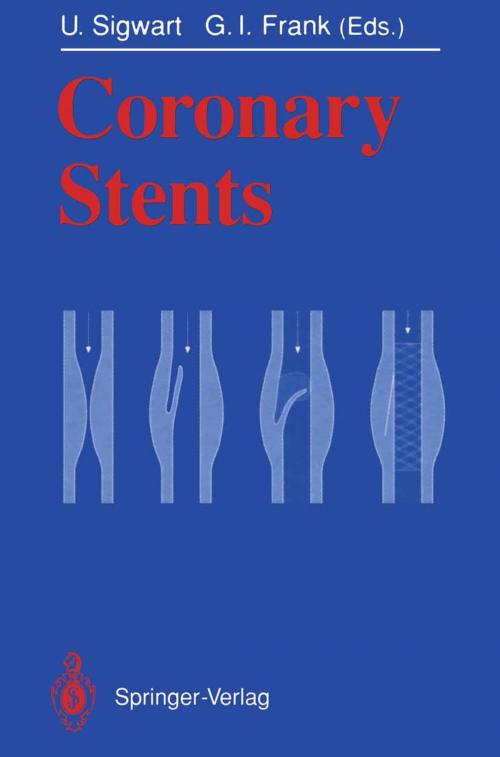Coronary Stents
Nonfiction, Health & Well Being, Medical, Surgery, Thoracic, Specialties, Internal Medicine, Cardiology| Author: | ISBN: | 9783642769245 | |
| Publisher: | Springer Berlin Heidelberg | Publication: | December 6, 2012 |
| Imprint: | Springer | Language: | English |
| Author: | |
| ISBN: | 9783642769245 |
| Publisher: | Springer Berlin Heidelberg |
| Publication: | December 6, 2012 |
| Imprint: | Springer |
| Language: | English |
Over the past 15 years, a multitude of new transluminal techniques have been developed, all designed to broaden the range of indications and improve the results of angioplasty. Among these, the implantation of intravascular stents has emerged as the technique with the greatest promise. It has become clear that stenting not only successfully deals with the problem of abrupt closure after angioplasty, but also reduces the incidence of restenosis, the Achilles heel of angioplasty. The reason why restenosis is reduced may be because the immediate gain of luminal diameter is greater with stenting than with any other technique. Even if the late loss of diameter is similar among most currently used transluminal techniques, the end result will stilI be better after stenting because of the nearly ideal primary effect. The aims of this book are twofold: first it presents a state-of-the-art summary of the progress made in stenting so far, and secondly it details some of the prospects for future improvement. The concept of stenting has proved to be a correct one, and therefore alI future efforts wilI be directed towards new, safe, and biologicalIy "friendly" stents.
Over the past 15 years, a multitude of new transluminal techniques have been developed, all designed to broaden the range of indications and improve the results of angioplasty. Among these, the implantation of intravascular stents has emerged as the technique with the greatest promise. It has become clear that stenting not only successfully deals with the problem of abrupt closure after angioplasty, but also reduces the incidence of restenosis, the Achilles heel of angioplasty. The reason why restenosis is reduced may be because the immediate gain of luminal diameter is greater with stenting than with any other technique. Even if the late loss of diameter is similar among most currently used transluminal techniques, the end result will stilI be better after stenting because of the nearly ideal primary effect. The aims of this book are twofold: first it presents a state-of-the-art summary of the progress made in stenting so far, and secondly it details some of the prospects for future improvement. The concept of stenting has proved to be a correct one, and therefore alI future efforts wilI be directed towards new, safe, and biologicalIy "friendly" stents.















